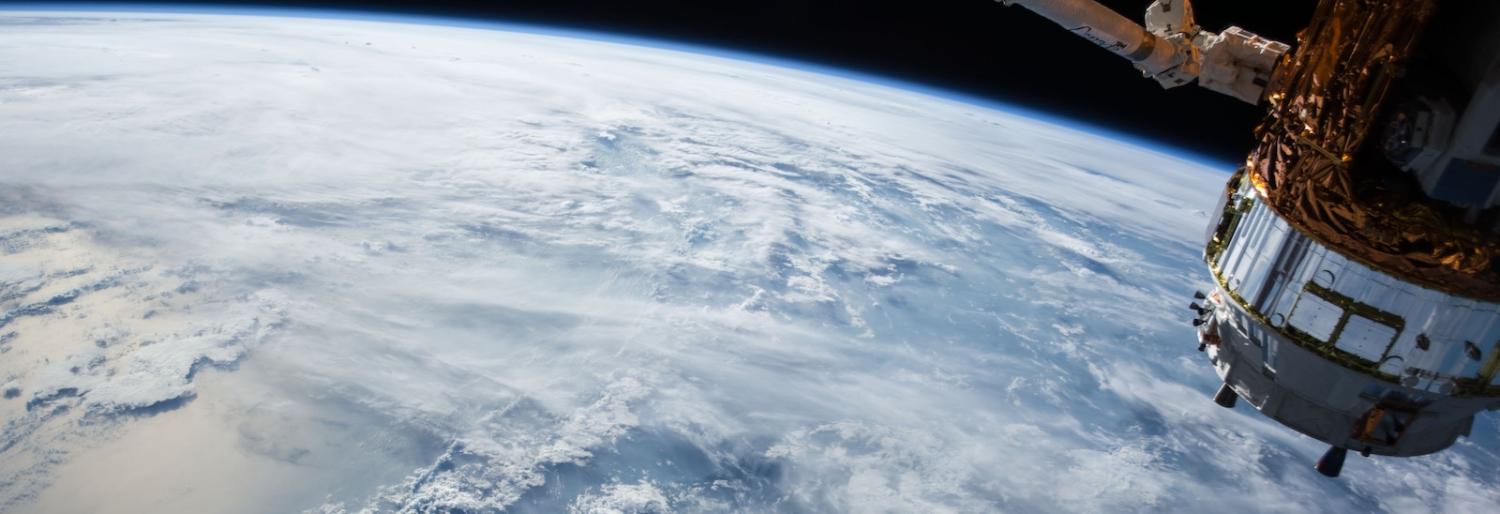The launch of the first Israeli mission to the Moon is a milestone for lunar exploration and for private spaceflight.
Liftoff! pic.twitter.com/Cd8nGQwrhd
— SpaceX (@SpaceX) February 22, 2019
The Bereshet spacecraft is a small lander, carrying a few instruments and some cultural mementoes. It will take more than two months to actually reach the lunar surface.
Although the mission will not generate revenue, it has been entirely financed by private benefactors, both from inside and outside of Israel. While there is a lot of media attention on this specific mission, it’s also symbolic of a rising trend. Slowly, spaceflight activity is rising across the Middle East.
As with the rise of spaceflight in other regions, spaceflight in the Middle East is driven by strategic challenges, politics, prestige, economic benefits, and the spirit of adventure.
The state of Israel is probably the region’s leader in spaceflight. It became the first Middle Eastern nation to launch an indigenous satellite using an indigenous rocket from its own territory. The Ofeq-1 satellite was launched in 1988. Unsurprisingly, there were strategic applications. This was Israel’s first spy satellite.
Since then, Israel has continued to operate optical and radar satellites for defence purposes but has sometimes launched from India to get around territorial limitations. Israel’s satellite technology is highly advanced and includes the development of communications satellites.
Iran followed suit in 2009, launching a satellite from its own territory on its own rocket. Iranian space capabilities are advancing rapidly, and the nation plans a sub-orbital astronaut launch at some point in the near future. This will be done with a small conical capsule, similar to the Mercury capsule used by NASA for its first human space missions. Recently, Iran made two back-to-back attempts to launch a satellite to coincide with the nation’s 40th-anniversary celebrations of the Islamic revolution.
Both failed.
The rushed nature of these launches is a reminder that politics sometimes overrides sensible engineering practices in the Middle East, just as it does in other spacefaring regions.
Saudi Arabia launched an astronaut aboard the US Space Shuttle in 1985, a product of the tight strategic alliance between these nations. A Syrian flew aboard a Soyuz mission by the Soviet Union in 1987, also reflecting national strategic links. One year later, the Soviets launched an Afghan cosmonaut on a similar mission. The first Israeli astronaut flew on the US Space Shuttle Columbia in 2003 and died along with his crewmates when it disintegrated during re-entry.
International guest space travellers have usually been linked to political ties, and this trend is clear in these missions.
The United Arab Emirates is expected to launch an astronaut with Russia in the near future. In 2021, the UAE expects to place a satellite in orbit around Mars to celebrate the 50th anniversary of the founding of the state.
Nations across the Middle East operate foreign-built communications satellites to power their economies and sometimes engage in satellite television broadcast-wars for political influence. Establishing rival television networks with different perspectives is critical to these soft power struggles.
Small satellite projects are common around the Middle East. Sometimes, small experiments or components find their way onto larger projects. Saudi Arabia contributed cameras to some small satellites placed in lunar orbit by China, for example.
All this activity has attracted less attention than the Asian space race that has dominated headlines in recent years. But it is a sign of things to come. As with the rise of spaceflight in other regions, spaceflight in the Middle East is driven by strategic challenges, politics, prestige, economic benefits, and the spirit of adventure. Nothing else could be expected in modern times.

